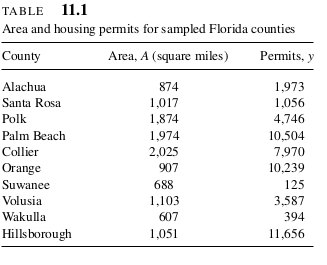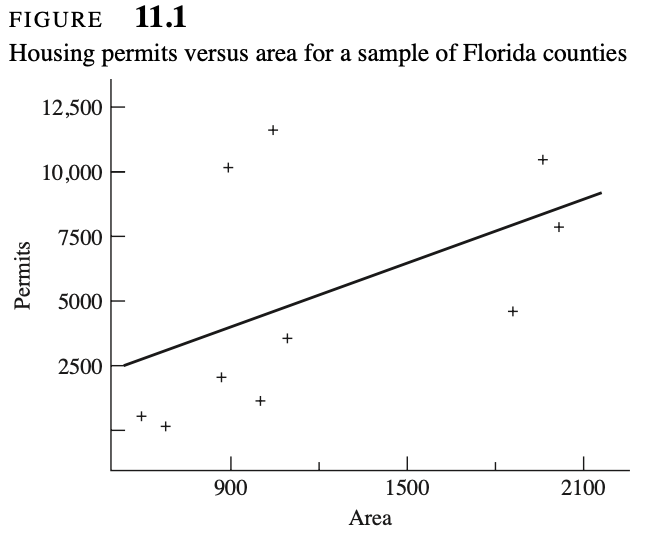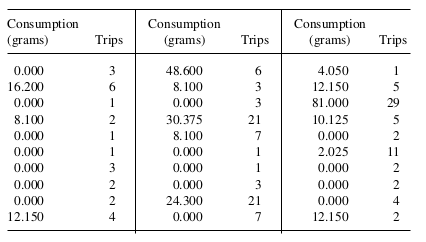| Name | apistrat |
| Number of rows | 200 |
| Number of columns | 39 |
| _______________________ | |
| Column type frequency: | |
| numeric | 28 |
| ________________________ | |
| Group variables | None |
Variable type: numeric
| skim_variable | n_missing | complete_rate | mean | sd | p0 | p25 | p50 | p75 | p100 | hist |
|---|---|---|---|---|---|---|---|---|---|---|
| snum | 0 | 1.00 | 3077.27 | 1841.20 | 114.00 | 1495.25 | 3022.50 | 4688.00 | 6173.00 | ▇▆▇▆▇ |
| dnum | 0 | 1.00 | 444.71 | 211.24 | 19.00 | 259.00 | 453.50 | 627.75 | 825.00 | ▃▆▇▇▅ |
| cnum | 0 | 1.00 | 27.32 | 14.55 | 1.00 | 18.00 | 29.00 | 37.00 | 56.00 | ▃▇▅▆▃ |
| flag | 200 | 0.00 | NaN | NA | NA | NA | NA | NA | NA | |
| pcttest | 0 | 1.00 | 98.11 | 3.76 | 66.00 | 98.00 | 99.00 | 100.00 | 100.00 | ▁▁▁▁▇ |
| api00 | 0 | 1.00 | 652.82 | 120.97 | 398.00 | 555.25 | 658.50 | 743.25 | 893.00 | ▃▆▇▆▃ |
| api99 | 0 | 1.00 | 624.82 | 124.56 | 383.00 | 525.75 | 626.00 | 707.50 | 890.00 | ▅▇▇▆▃ |
| target | 20 | 0.90 | 10.00 | 5.32 | 1.00 | 6.00 | 10.00 | 14.00 | 21.00 | ▇▇▇▆▃ |
| growth | 0 | 1.00 | 28.00 | 28.12 | -47.00 | 6.75 | 25.00 | 48.00 | 133.00 | ▁▇▇▂▁ |
| meals | 0 | 1.00 | 44.99 | 28.97 | 0.00 | 20.75 | 39.50 | 69.00 | 100.00 | ▇▇▆▆▅ |
| ell | 0 | 1.00 | 20.94 | 19.77 | 0.00 | 5.00 | 16.00 | 32.25 | 84.00 | ▇▅▂▁▁ |
| mobility | 0 | 1.00 | 16.40 | 12.12 | 1.00 | 10.00 | 14.00 | 19.00 | 99.00 | ▇▂▁▁▁ |
| acs.k3 | 103 | 0.48 | 19.16 | 1.22 | 16.00 | 18.00 | 19.00 | 20.00 | 24.00 | ▁▇▅▁▁ |
| acs.46 | 66 | 0.67 | 28.86 | 3.42 | 20.00 | 27.00 | 29.00 | 31.00 | 46.00 | ▂▇▃▁▁ |
| acs.core | 94 | 0.53 | 27.37 | 3.18 | 15.00 | 26.00 | 28.00 | 29.00 | 35.00 | ▁▂▇▇▂ |
| pct.resp | 0 | 1.00 | 72.31 | 31.51 | 0.00 | 63.75 | 86.00 | 94.25 | 100.00 | ▂▁▁▂▇ |
| not.hsg | 0 | 1.00 | 17.66 | 17.13 | 0.00 | 3.00 | 12.00 | 26.25 | 75.00 | ▇▃▂▁▁ |
| hsg | 0 | 1.00 | 22.86 | 15.11 | 0.00 | 14.75 | 22.00 | 30.00 | 100.00 | ▇▇▁▁▁ |
| some.col | 0 | 1.00 | 22.96 | 11.21 | 0.00 | 15.75 | 24.00 | 31.00 | 50.00 | ▃▆▇▆▁ |
| col.grad | 0 | 1.00 | 21.38 | 14.25 | 0.00 | 10.00 | 21.00 | 31.00 | 100.00 | ▇▇▁▁▁ |
| grad.sch | 0 | 1.00 | 9.72 | 11.71 | 0.00 | 2.00 | 6.00 | 12.00 | 55.00 | ▇▂▁▁▁ |
| avg.ed | 0 | 1.00 | 2.81 | 0.69 | 1.38 | 2.29 | 2.82 | 3.31 | 4.44 | ▃▆▇▅▂ |
| full | 0 | 1.00 | 86.60 | 13.57 | 24.00 | 81.00 | 91.00 | 97.00 | 100.00 | ▁▁▁▃▇ |
| emer | 0 | 1.00 | 12.21 | 12.11 | 0.00 | 3.00 | 9.00 | 17.00 | 72.00 | ▇▂▁▁▁ |
| enroll | 0 | 1.00 | 746.68 | 549.93 | 119.00 | 363.75 | 554.50 | 961.25 | 3156.00 | ▇▂▁▁▁ |
| api.stu | 0 | 1.00 | 619.07 | 462.32 | 106.00 | 310.50 | 459.00 | 780.75 | 2900.00 | ▇▂▁▁▁ |
| pw | 0 | 1.00 | 30.97 | 13.40 | 15.10 | 19.05 | 32.28 | 44.21 | 44.21 | ▇▁▁▁▇ |
| fpc | 0 | 1.00 | 2653.75 | 1774.14 | 755.00 | 952.25 | 2719.50 | 4421.00 | 4421.00 | ▇▁▁▁▇ |


